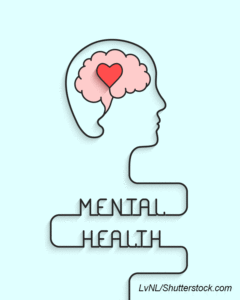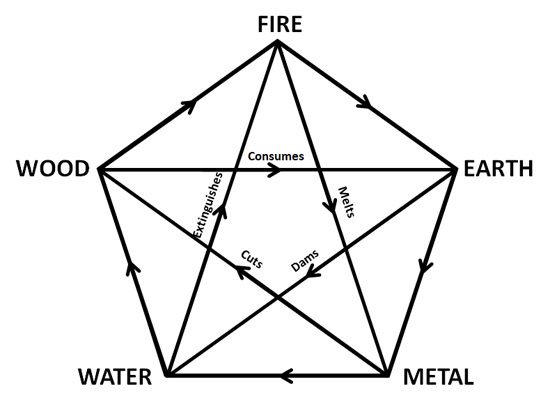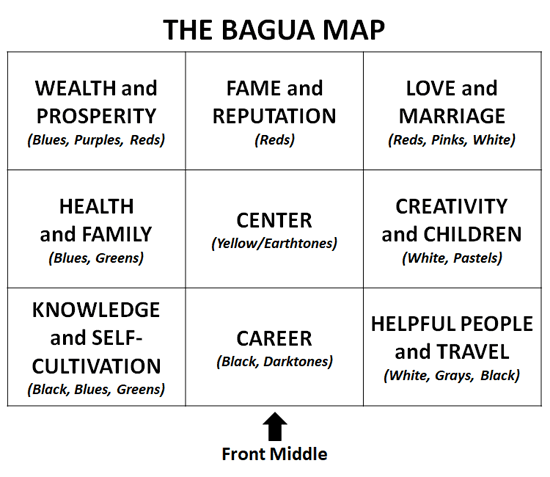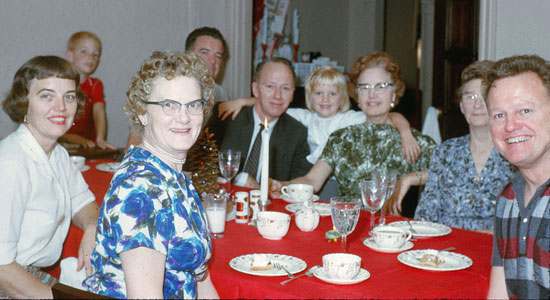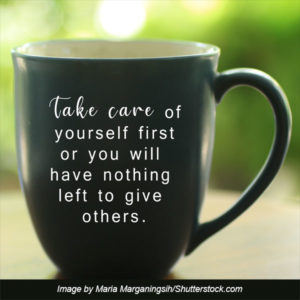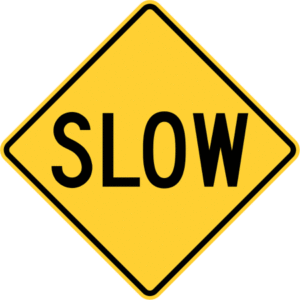I discovered Grey’s Anatomy a few years ago. Binged watched it to get caught up. Then went on to enjoy two of Shonda Rhimes’ other series – Scandal and How To Get Away With Murder. They’re well-crafted TV dramas with compelling story lines, sharp dialog, and strong, capable women. No surprise given the powerhouse of a woman who stands behind these series. Yet even this highly successful woman had to go on a journey of discovery to find her best self.
I’ll share a few tidbits from Shonda’s book, Year of Yes: How to Dance It Out, Stand in the Sun, and Be Your Own Person. My heartfelt recommendation is that you get your hands on the book and read it for yourself. Quite a lot gets lost in the “highlight reel,” and you’ll miss the experience of reveling in her distinctive voice. But here goes anyway.
 The year of YES began after a family Thanksgiving gathering during which Shonda rattled off a list of A List engagements to which she was invited. Her older sister was unimpressed and knew that Shonda would turn them all down. As she said, “You never say yes to anything.” Indeed, Shonda had become quite comfortable living life as a busy TV executive and mother of three (which assuredly left her plenty occupied!) But she wasn’t breaking out of her shell and trying new things. So, she resolved to make the ensuring year one that included a lot more YES.
The year of YES began after a family Thanksgiving gathering during which Shonda rattled off a list of A List engagements to which she was invited. Her older sister was unimpressed and knew that Shonda would turn them all down. As she said, “You never say yes to anything.” Indeed, Shonda had become quite comfortable living life as a busy TV executive and mother of three (which assuredly left her plenty occupied!) But she wasn’t breaking out of her shell and trying new things. So, she resolved to make the ensuring year one that included a lot more YES.
Initially, I thought, “That’ll never be an aspiration of mine. I’m the girl who can’t say ‘no’ and winds up spent and exhausted. I need a year of NO!” But as I went along on Shonda’s journey, I found myself wanting to get on the YES train.
Here are things to which Shonda said YES:
- To anything and everything that scared her – e.g., a commencement speech at her alma mater, TV appearances, charity events, interesting parties
“Every yes changes something in me. Every yes is a bit more transformative. Every yes sparks a new phase of evolution.”
- To her children when they said, “Wanna play?”
“The more I play, the happier I am at work. The happier I am at work, the more relaxed I become. The more relaxed I become, the happier I am at home. And the better I get at the playtime I have with the kids..”
- To feeling unpleasant feelings rather than burying them under food
“Food feels so good when you put it on top of all the stuff you don’t want to deal with… It numbs you… [but] numb feels not just dead but rotting.”
- To accepting any and all compliments with a clear, calm “Thank you”
“No one who succeeds is merely lucky… I am not lucky. You know what I am? I am smart, I am talented, I take advantage of the opportunities that come my way, and I work really, really hard. Don’t call me lucky. Call me badass.”
- To saying NO without explanation
“I come up with three different clear ways of saying no: ’I am going to be unable to do that.’ ‘That is not going to work for me.’ ‘No.’’’
- To having the difficult conversations
“No matter how hard a conversation is, I know that on the other side of that conversation lies peace. Knowledge. An answer is delivered. Character is revealed. Truces are formed. Misunderstandings are resolved. Freedom lies across the field of the difficult conversation.”
- To surrounding herself with friends and colleagues who are the real deal
“The upside to culling people from my life is that my focus has become crystal clear… I now work to see people, not as I’d rewrite them, but as they have written themselves… people whose self-worth, self-respect, and values inspire me to elevate my own behavior.”
- To telling her truth
“Happiness comes from living as you need to, as you want to. As your inner voice tells you. Happiness comes from being who you actually are instead of who you think you are supposed to be.”
At the finish line, Shonda described herself as being: “One hundred twenty-seven pounds thinner. Several toxic people lighter. Closer to my family. A better mother. A better friend. A happier boss. A stronger leader. A more creative writer. A more honest person… More adventurous. More open. Braver. And kinder. To others. But also to myself.”
Those are things to which I can say YES!

